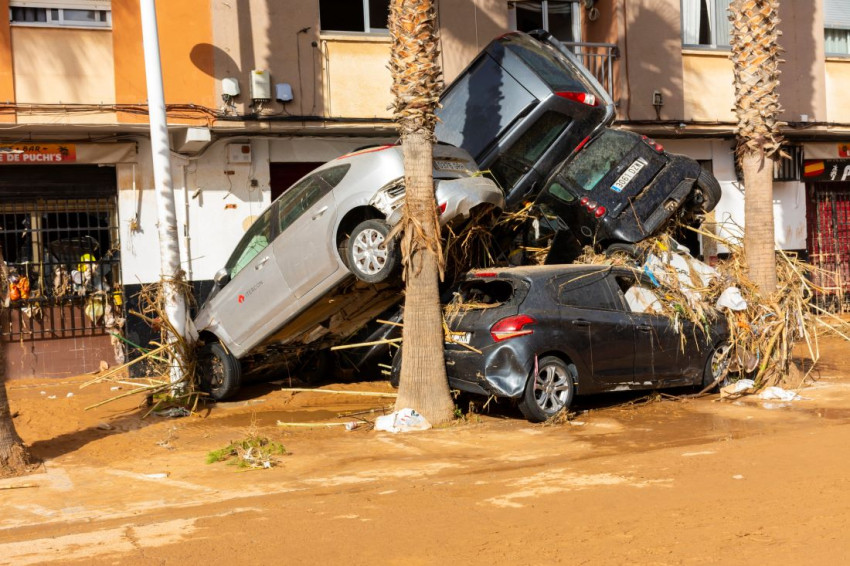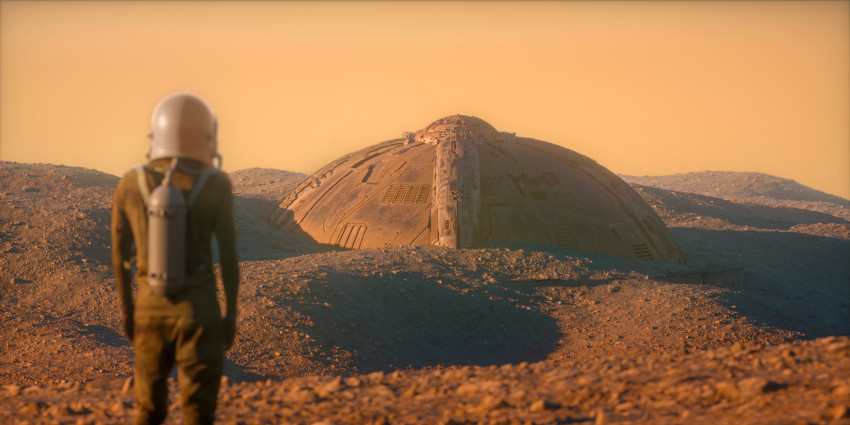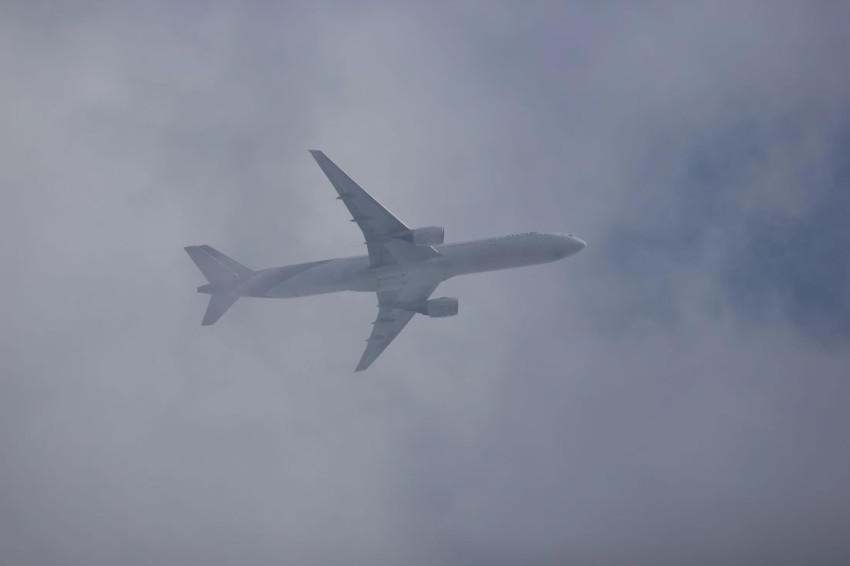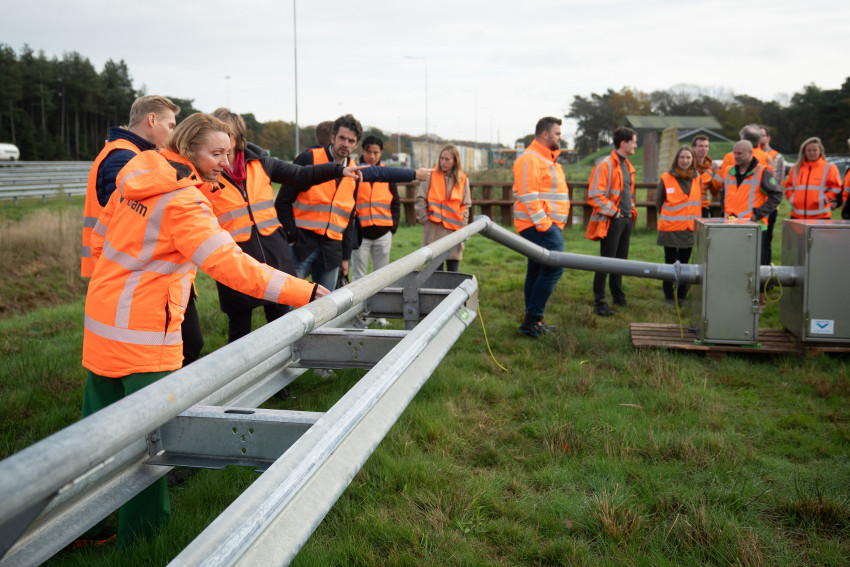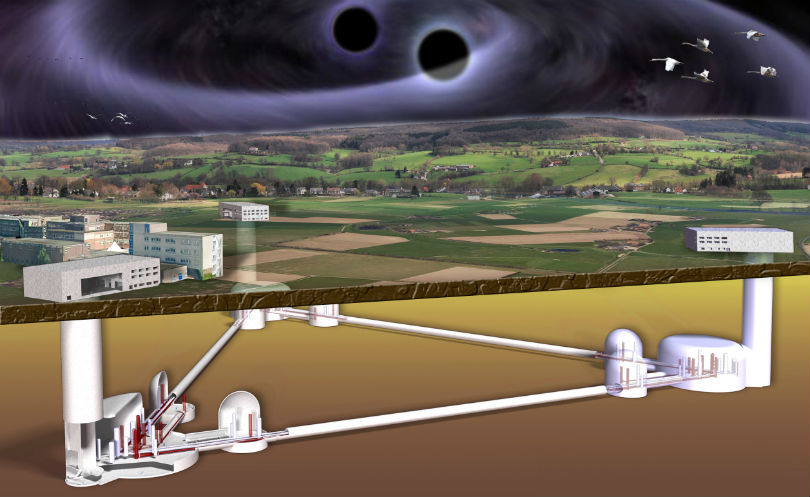
Support Grows for gravitational wave detector in Limburg
Ten knowledge institutes from the Netherlands, Belgium and Germany have added their support to bringing the Einstein Telescope, the world's largest gravitational wave detector, to the Netherlands.
The Einstein Telescope coalition now includes the national institute for subatomic physics Nikhef, the Katholieke Universiteit Leuven, the University of Maastricht, the University of Hasselt, the University of Ghent, the University of Liège, the University of Antwerp, the Vrije Universiteit Brussel, the Université Libre de Bruxelles, the Université Catholique de Louvain, the Universität Hamburg, and the Rheinisch-Westfälische Technische Hochschule in Aachen, with other parties expected to join in the coming months.
The coalition wants to build a prototype of the Einstein Telescope: ETpathfinder. Whereas the Einstein Telescope will be an underground triangle of three 10-km-long tunnels that can measure gravitational waves from the universe, the ETpathfinder involves surface 'tunnels' just 10 m long. There is no possibility of such a mini detector detecting gravitational waves, but it is ideal for testing aspects such as precision technology, coatings and optics for the real detector. Nikhef is also conducting test drillings in the region to survey the soil.
Industry day
In total, ETpathfinder will cost around € 14.5 million. Earlier this month, it was announced that the European fund Interreg Vlaanderen-Nederland is willing to invest € 4 million in the project, providing the province of Limburg also invests € 3.5 million. The province will be elaborating its proposal in the coming weeks.
In addition, an industry day will be held at the VDL company in Eindhoven on 27 September. Around 75 representatives from the high-tech industry and SMEs will find out how they can contribute to the Einstein Telescope and other Big Science projects.
Limburg, Hungary or Sardinia?
Whether or not the Einstein Telescope actually ends up in Limburg should be clear by 2021. Other important candidates are Hungary, which hasn’t exactly profiled itself as the best country for organising international cooperation in recent years, and Italy, which would like to see the detector on the island of Sardinia (or beneath it, to be precise).
If one of the other locations is selected, the hope is that ETpathfinder can still make an important technological contribution. At the moment, however, the goal is to build the detector under Limburg, with part of the detector coming to lie under Belgium or Germany.
If you found this article interesting, subscribe for free to our weekly newsletter!


